I Feel Like A Million Dollar…










I feel like a Million Dollar…
More Posts from Nauticastro and Others

Play video: We Grow Accustomed to the Dark
Video by Thrown in the Dark Credit: ESA, NASA, cropped, edited. CC BY-SA 3.0 IGO (http://creativecommons.org/licenses/by-sa/3.0/igo/…)

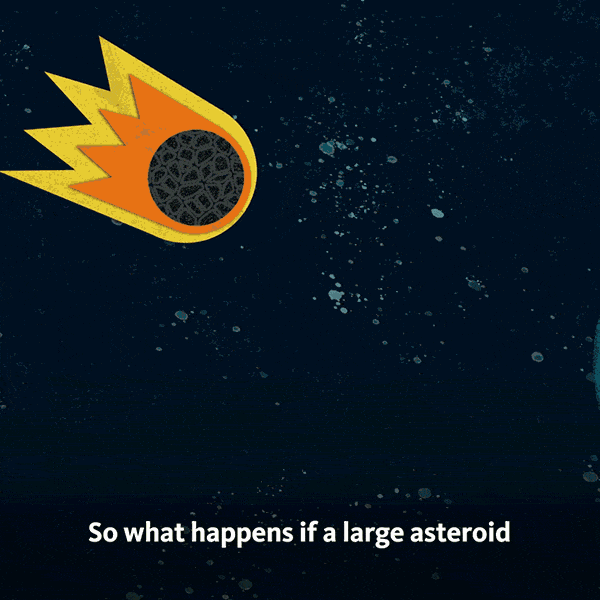
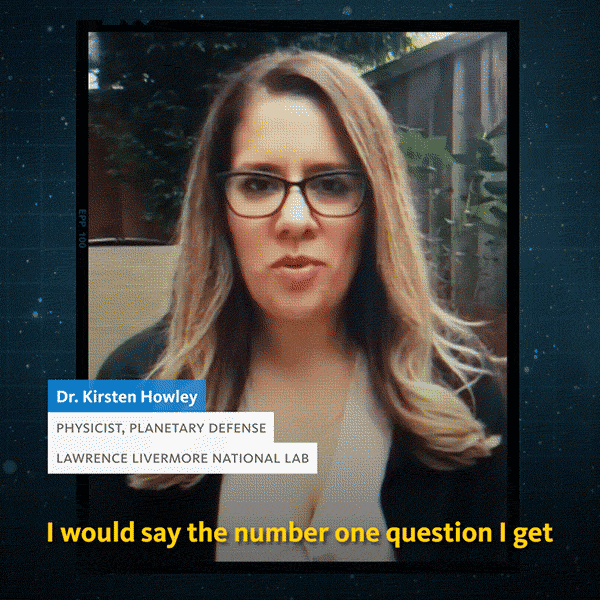

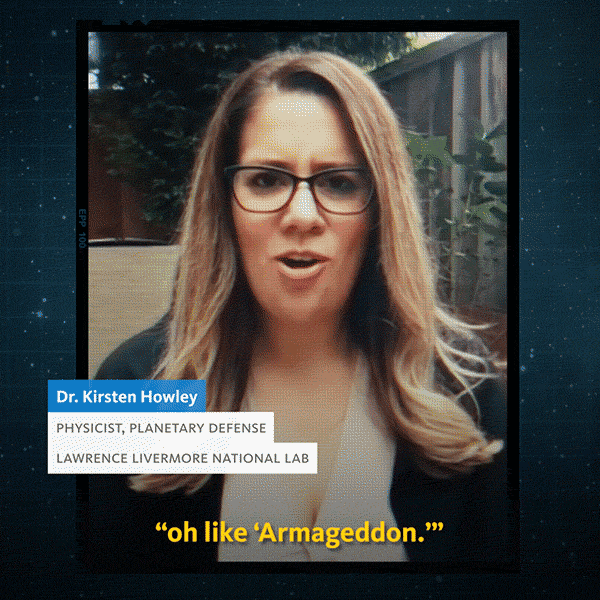

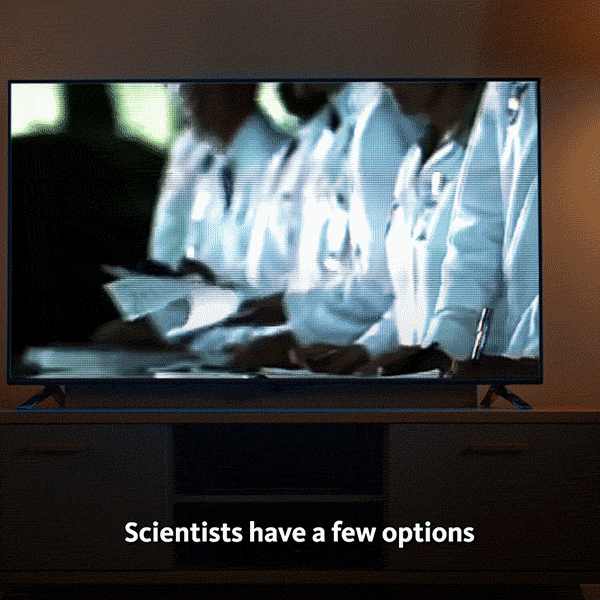
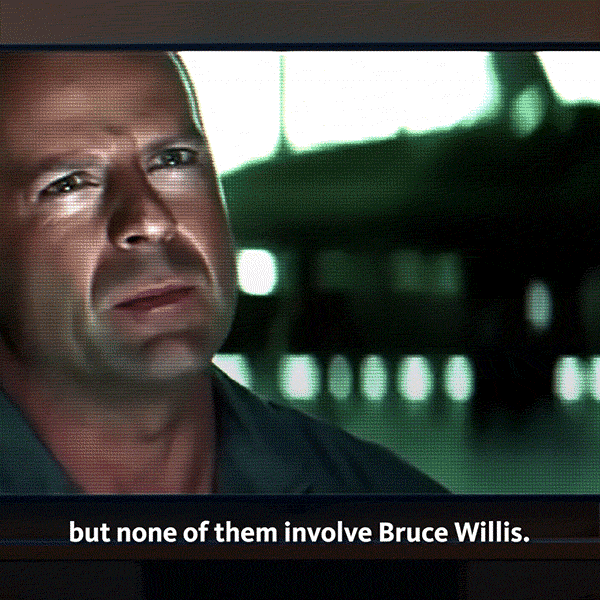
What Hollywood gets wrong (and right!) about protecting the Earth from asteroids
In the 1998 movie, “Armageddon,” an asteroid the width of Texas is about to hit Earth. The heroes who stop it in just the nick of time are a group of orange-suited Americans, all men.
Life isn’t always like the movies.
Not that an asteroid couldn’t slam into Earth, mind you. Asteroids — mostly tiny ones — pass by our planet virtually every second. But the people charged with stopping the big ones aren’t reaching for their spacesuits with mere hours to spare.
And spoiler alert: They also aren’t all men.
“I would say the number one question I get when I tell people what I work on, is ‘Oh, like ‘Armageddon?’’ And it’s nothing like ‘Armageddon,’” says Lawrence Livermore National Lab physicist Kirsten Howley, whose day job includes defending our planet from asteroids.
Howley doesn’t have an orange jumpsuit at hand, but her job is serious business. She and her team of planetary defenders specialize in how we might deflect an asteroid that poses a threat to Earth.
Read more

Williamina Fleming, phaedra0846, (notebook), 1887 [Project PHaEDRA. John G. Wolbach Library, Harvard-Smithsonian Center for Astrophysics, Harvard University, Cambridge, MA]
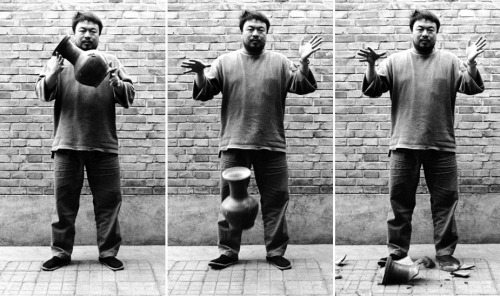
Ai Weiwei, “Dropping a Han Dynasty Urn,” 1995
An astonishingly irreverent piece of work. This triptych features the artist dropping a Han Dynasty (206 BC - 220 AD) in three photographs.
When questioned about the work, he suggested that the piece was about industry: “[The urn] was industry then and is industry now.” His statement, therefore, was that the urn was just a cheap pot two thousand years ago, and the reverence we feel toward it is artificial. One critic wrote: “In other words, for all the aura of preciousness acquired by the accretion of time (and skillful marketing), this vessel is the Iron Age equivalent of a flower pot from K-Mart and if one were to smash the latter a few millennia from now, would it be an occasion for tears?”
However, the not-so-subtle political undertone is clear. This piece was about destroying the notion that everything that is old is good…including the traditions and cultures of China. For Ai Weiwei, this triptych represents a moment in which culture suddenly shifts (sometimes violently), shattering the old and outdated to make room for the new.
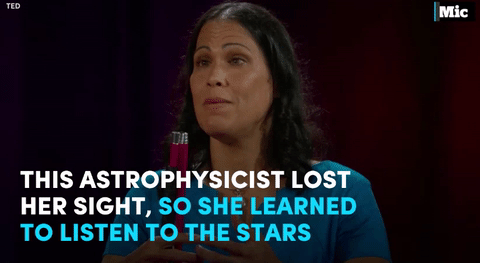


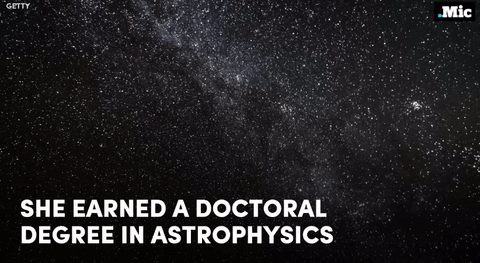
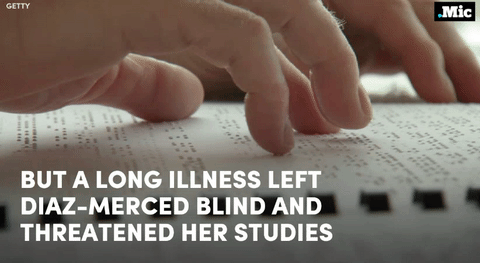






follow @the-future-now

The Sun rises over Earth in a postcard illustrated by Soviet cosmonaut Alexei Leonov, recalling the 1965 mission when he became the first human to walk in space.

Australia vs Pluto
via reddit
hey i have a favor to ask from astronomers, can y'all put little krakens on the edges of maps of the observable universe to denote that we don't know what's past that

The rings of Saturn, observed by Voyager 2 on this day in 1981.

:-P
-
 saraistrad liked this · 3 years ago
saraistrad liked this · 3 years ago -
 justanoldfashiontumblog liked this · 3 years ago
justanoldfashiontumblog liked this · 3 years ago -
 professional-little-lark liked this · 3 years ago
professional-little-lark liked this · 3 years ago -
 un-ionizetheradlab reblogged this · 3 years ago
un-ionizetheradlab reblogged this · 3 years ago -
 daltongraham liked this · 3 years ago
daltongraham liked this · 3 years ago -
 bewareofdragon liked this · 3 years ago
bewareofdragon liked this · 3 years ago -
 nauticastro reblogged this · 3 years ago
nauticastro reblogged this · 3 years ago -
 footnoteinhistory liked this · 3 years ago
footnoteinhistory liked this · 3 years ago -
 emmythespacecowgirl reblogged this · 3 years ago
emmythespacecowgirl reblogged this · 3 years ago -
 iambasilgnome liked this · 3 years ago
iambasilgnome liked this · 3 years ago -
 rockyp77mk3 liked this · 3 years ago
rockyp77mk3 liked this · 3 years ago -
 ya-oryol liked this · 5 years ago
ya-oryol liked this · 5 years ago -
 unfortunatesurrealist liked this · 11 years ago
unfortunatesurrealist liked this · 11 years ago -
 ketchuptruth liked this · 12 years ago
ketchuptruth liked this · 12 years ago -
 wendyyclearr-blog reblogged this · 12 years ago
wendyyclearr-blog reblogged this · 12 years ago -
 appliedtechnotopia-consulting liked this · 12 years ago
appliedtechnotopia-consulting liked this · 12 years ago -
 for-all-mankind reblogged this · 12 years ago
for-all-mankind reblogged this · 12 years ago -
 ind3fatigable liked this · 12 years ago
ind3fatigable liked this · 12 years ago -
 firefromabove liked this · 12 years ago
firefromabove liked this · 12 years ago -
 clash-the-truth liked this · 12 years ago
clash-the-truth liked this · 12 years ago -
 winking-at-the-moon reblogged this · 12 years ago
winking-at-the-moon reblogged this · 12 years ago -
 jamesdereksapienza liked this · 12 years ago
jamesdereksapienza liked this · 12 years ago -
 thedukeofyork reblogged this · 12 years ago
thedukeofyork reblogged this · 12 years ago -
 jump-suit reblogged this · 12 years ago
jump-suit reblogged this · 12 years ago -
 jump-suit liked this · 12 years ago
jump-suit liked this · 12 years ago -
 nasainitsprime-blog liked this · 12 years ago
nasainitsprime-blog liked this · 12 years ago -
 commandmodulepilot reblogged this · 12 years ago
commandmodulepilot reblogged this · 12 years ago
